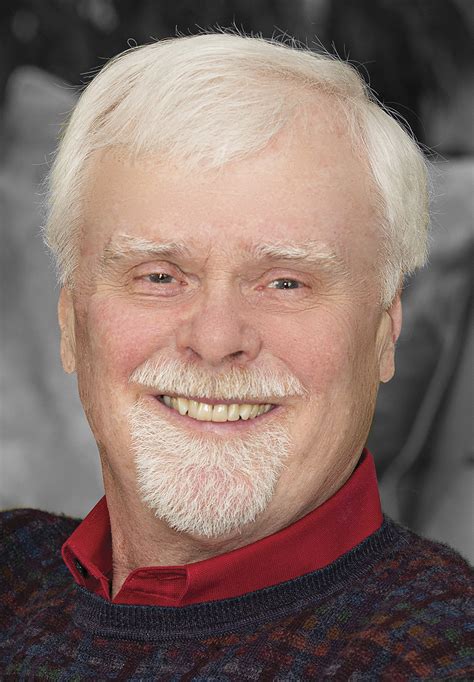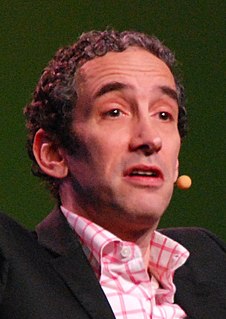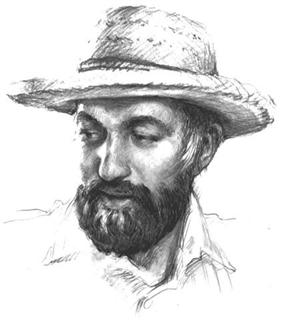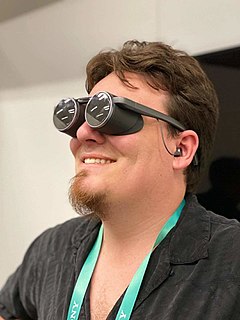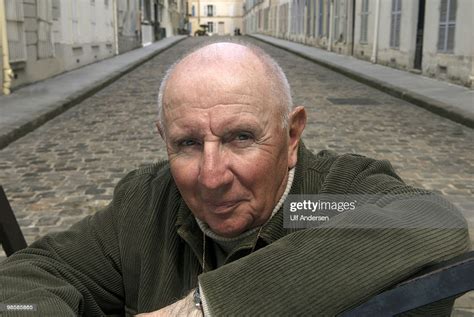A Quote by Maria Konnikova
Virtual reality has already proved useful in treating phobias and PTSD. It can help people overcome a fear of heights, for example, through simulations of standing on a balcony or walking across a bridge.
Related Quotes
There are certain ways, narrative forms, that do not function as a continuation, for example, of 3D movies. You see, what is obvious to me is virtual reality or immersive 360 degrees virtual reality is not somehow a part of 3D movies, and it is not a new form of video games, it's neither, it is something completely new, something different, and nobody has come up yet with real convincing content.
If you're having a very high-adrenaline, high-movement experience in virtual reality, and then all of a sudden you're back in your office, that disconnect is pretty notable. Whereas if you're using it for virtual reality teleconferencing... there's really no kind of impact moving back and forth between the real and the virtual world.
We need to start treating ourselves how we deserve to be treated, even if you feel that no one else does. Prove to the world you are worth something by treating yourself with the utmost respect and hope that other people will follow your example. And even if they don't, at least one person in the world is treating you well: You.
The simulator is the stage in-between television and virtual reality, a moment, a phase. The simulator is a moment that leads to cyberspace, that is to say, to the process because of which we now have two bottles instead of one. I might not see this virtual bottle, but I can feel it. It is settled within reality. This explains why the word virtual reality is more important than the word cyberspace, which is more poetic.


